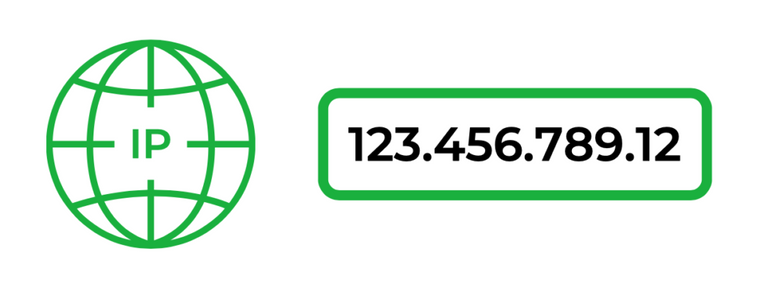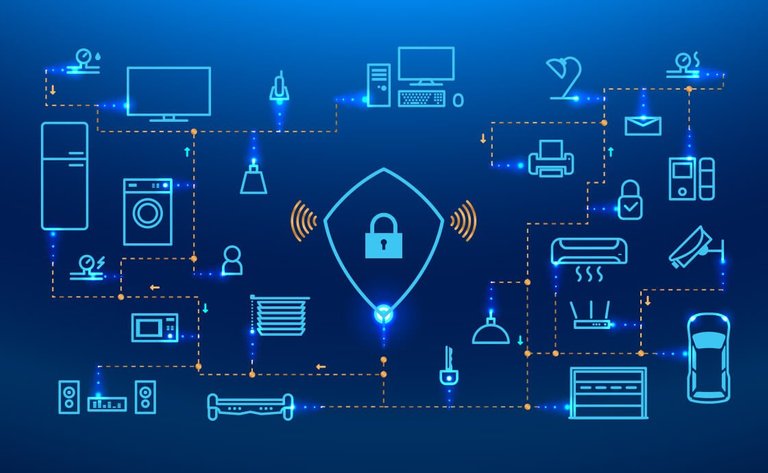
Source
Until the end of the 60s of the last century, communications consisted of creating physical circuits between emitter and receiver. Along the way, several switching centers allowed intermediate circuits to be linked until the transmitter and receiver were linked.
Obviously, this system is very ineffective in the face of threats, since it was as weak as the weakest of its nodes, especially considering that at that time, in the middle of the cold war, the possibility of sabotage was quite credible.
Against this background, the American agency ARPA (Advanced Research Projects Agency) gathered a group of experts and ordered them to design a communications system that was capable of withstanding even a nuclear attack.
ARPANET emerged from this project, where the TCP/IP protocol would later be designed, which would be the protocol on which the internet would be born, which allows dividing the information into packets that are tagged and launched on the network to rejoin them at the destination.

Source
These packets would be handled by intermediate devices called routers, capable of finding the optimal route for each packet, even if there were cuts in the middle.
In order to include the source and destination address in these packages, they needed to give a unique identifier to each of the computers that joined the network, and that would be the IP (Internet Protocol) address.
An IP address is an identifier consisting of 4 3-digit blocks between 0 and 255, separated by a period, for example 192.214.1.127, which in theory could identify 255x255x255x255 = 4,228,250,625 of computers connected to the network.

Source
This version of the TCP / IP protocol is called IPV4 and, although the protocol has evolved a lot and has far exceeded the number of available IPV4 addresses, it falls short if we think about the IoT or Internet of Things.
If we take into account the hundreds of billions of "things" that will be connecting to the network in the coming years, we will not have enough addresses for everyone, fortunately the IPV6 version has already been developed with which you can give a unique address to every square centimeter of the Earth, including the oceans.


Versión en español

Most of devices don't need externally visible IP address, so IPv4 is still adequate... The problem of IPv4 is that some larger blocks have been allocated to entities that don't need that many IP addresses, but because addresses are allocated in bits, each address block is twice as big as the next smaller one.
Even though IPv6 has been around for years already, there is still devices and applications that don't support it. Biggest problem for applications is that there is no standard C library function to decode IPv6 address represented as string containing both address and port. With IPv4, it is easy as there is only one ":" character and reverse search can be used to split the address from the port.
Thank you for the explanation.
Thanks for sharing in detail about ip address. We are looking for people like you in our community.
Your post has been submitted to be curated with @gitplait community account because this is the kind of publications we like to see in our community.
Join our Community on Hive
Upvoted 👌 (Mana: 8/32)